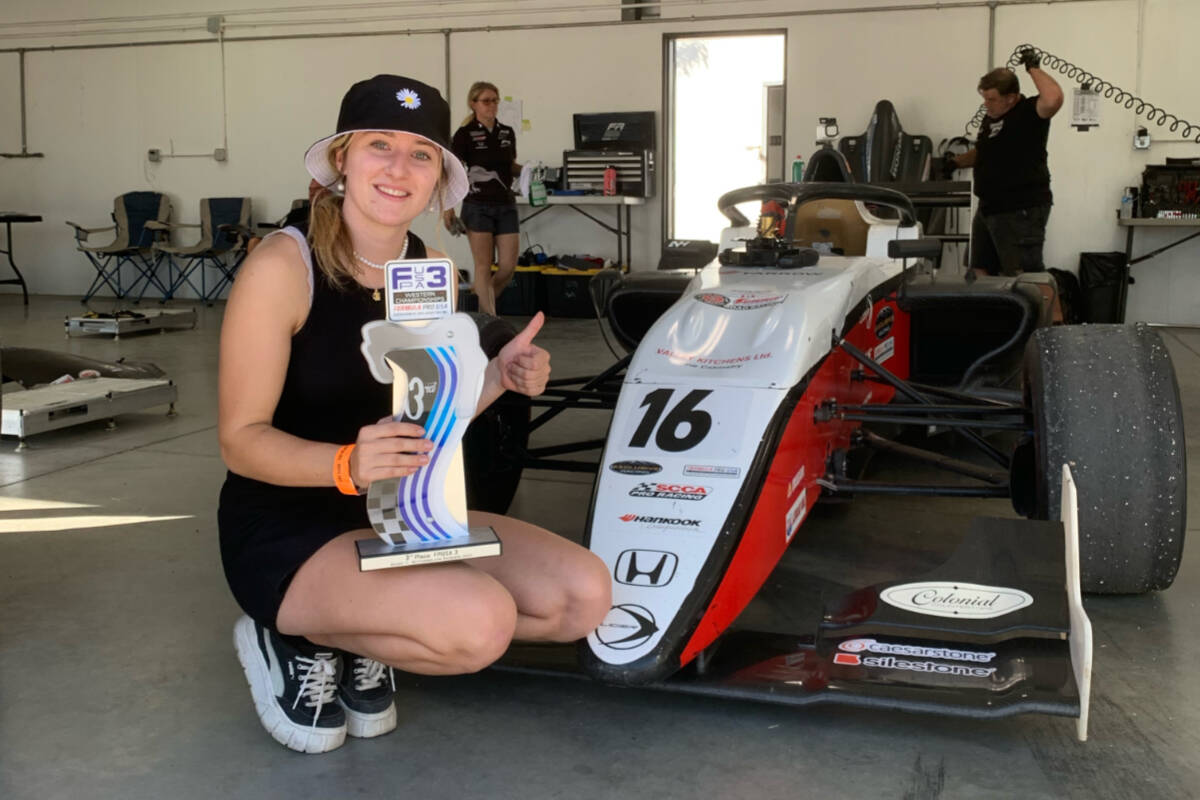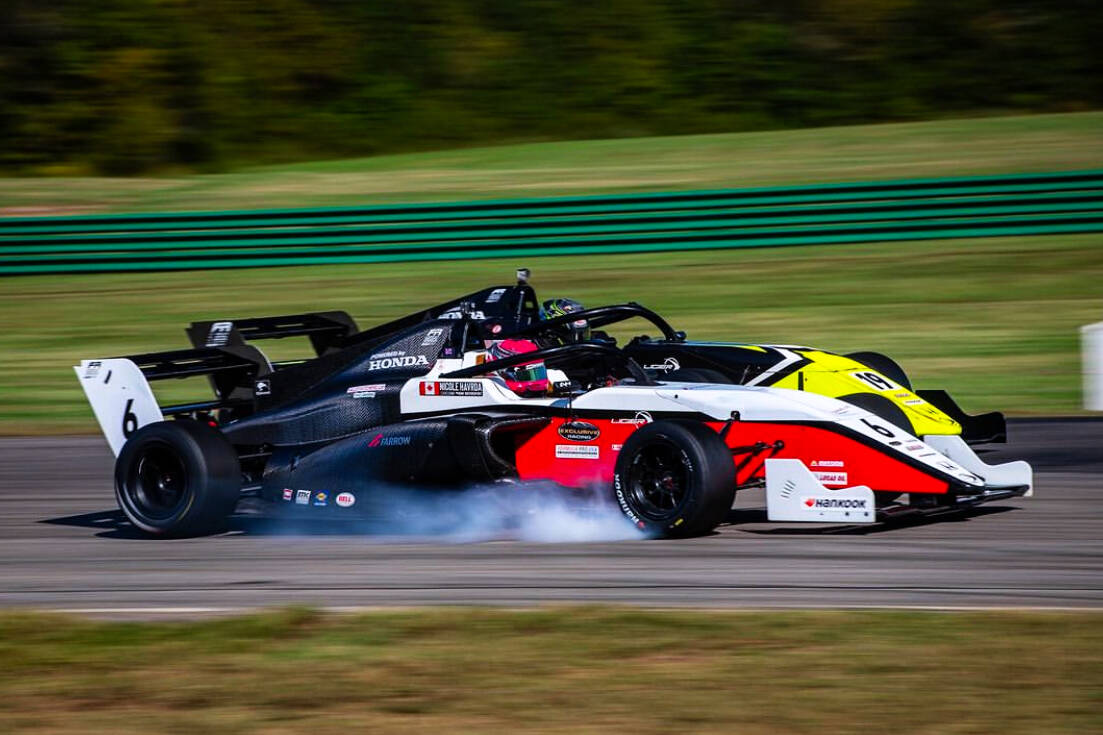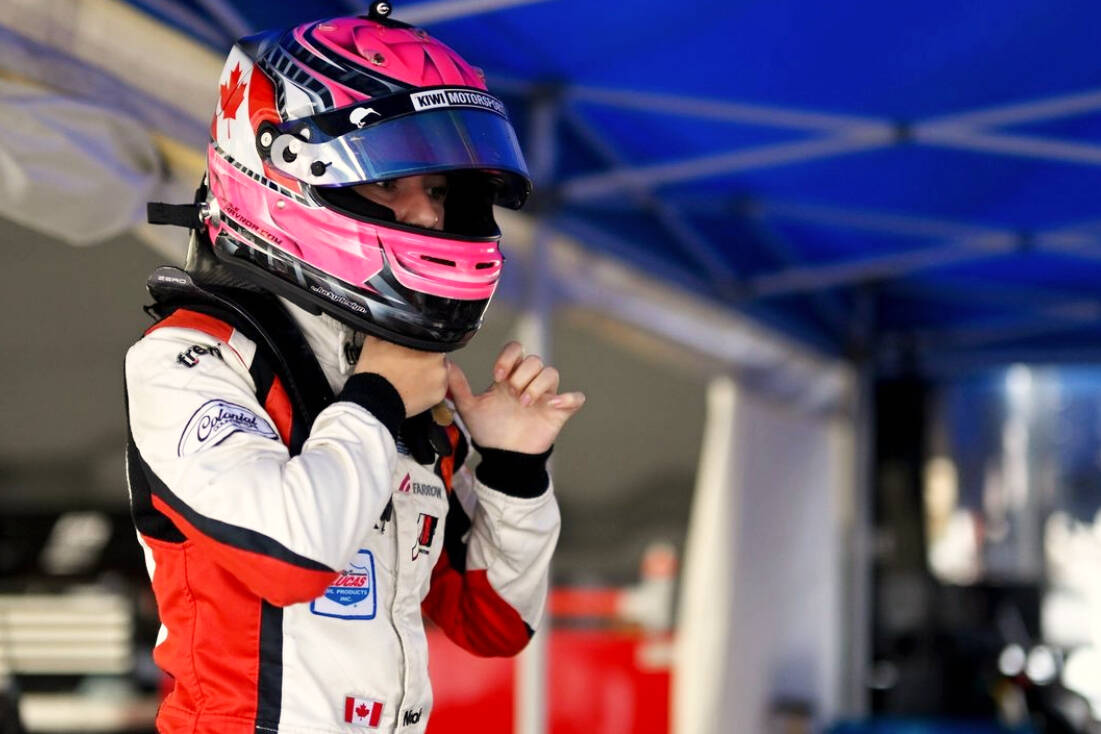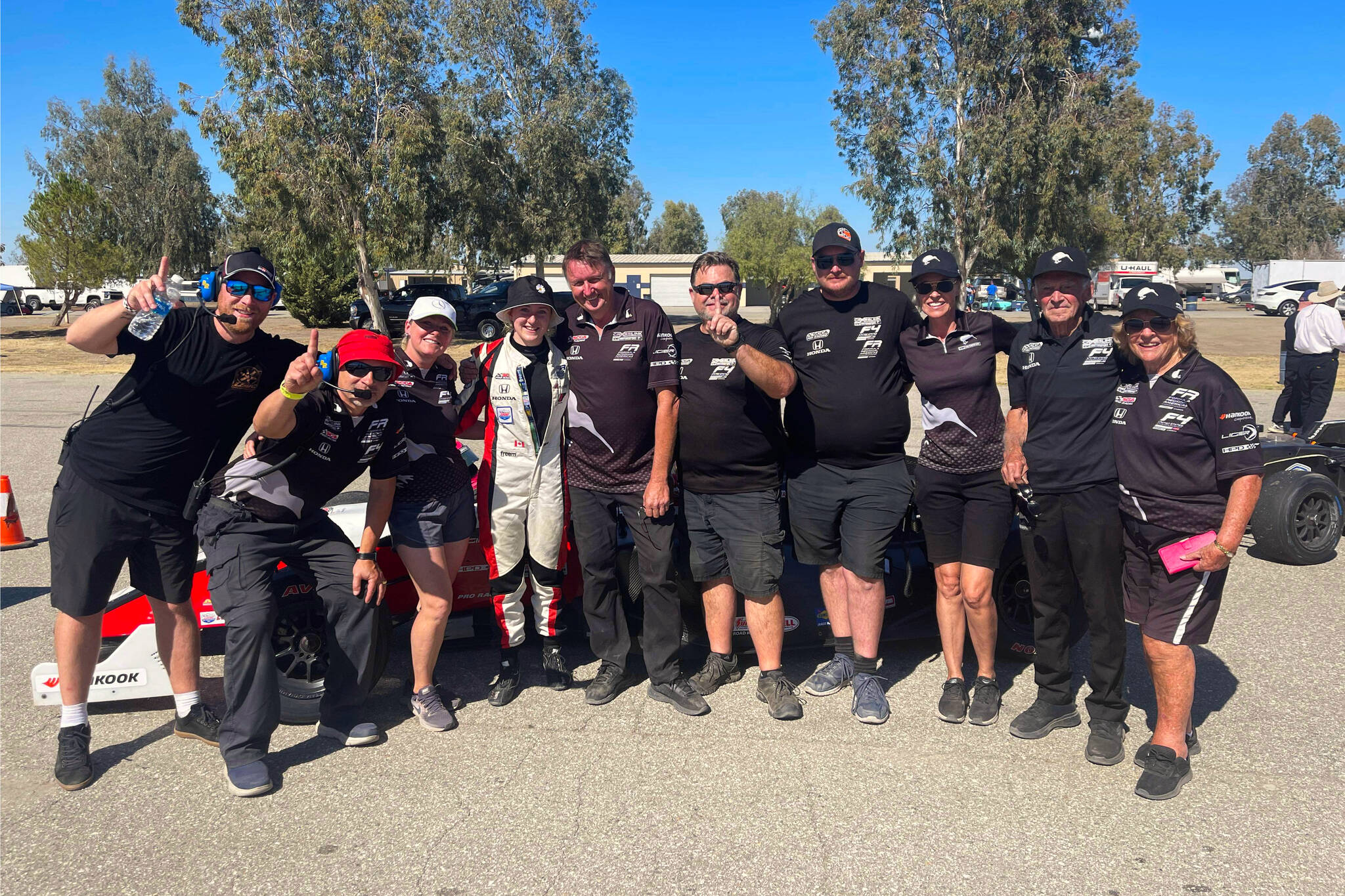On Oct. 25, Nicole Havrda crossed the last finish line of the season at Califonia’s Buttonwillow Raceway Park. At that exact moment, the young woman knew she was soon to be the crowned winner of this year’s championship.
At 17, Nicole Havrda is the first female to ever win the Formula Pro USA Western FR Championship.
Racing all across California, she competed against four other experienced racers throughout the season.
Havrda demonstrated early-season dominance by consistently claiming the top spot on the podium in the first six races. This secured her a comfortable lead, putting her well ahead of her closest rivals.
However, halfway through the season, a series of car issues and a near-fatal crash put her season’s cup victory in jeopardy.
“I was leading the championship until (the race at) Sonoma,” said Havrda. “I had a racing incident that happened on track in qualifying… The other car in second place slowed down on the racing line. I managed to avoid him (but ended up hitting) a concrete wall at 200 km/h.
“That was a pretty low point in the championship but we got the car fixed overnight, which was amazing from the team.”
Fortunately, the young racer came out of this accident relatively unscathed, sustaining a minor concussion and back pains.
Thanks to the support of her team and family, Havrda was back on track the next day.
However, Havrda suffered three consecutive defeats after the incident at Sonoma. Trailing closely behind her, veteran racer Jay Horak was rapidly closing in on the young racer, only seven points away from dethroning Havrda from the top position.
But the Comox Valley driver hadn’t said her last word. At the season’s final race, she brilliantly defended her place. Havrda took the pole position, established the fastest lap, and was the first to cross the finish line.
Proud of her achievement, the young driver remained poised and laser-focused with her eyes set on the upcoming championship.
A week after accomplishing what no other woman has ever done, Havrda left for India on Nov. 1.
“We’re going there for six weeks and I’m gonna be racing five weekends,” said Havrda. “The championship is called the Indian Racing League. They bring in great international drivers including six women and also native drivers from India.”
Racing against 24 experienced racers from across the world, she’s set to represent the city of Chennai in races happening throughout the South Asian country.
When asked how she feels about being a young woman competing in the male-dominated world of race car driving, Havrda replies composedly that it doesn’t matter to her.
“I try not to think about it a lot because no one can see you under your helmet, so it doesn’t really matter what gender you are,” said Havrda. “But it is definitely harder because you have to work out twice as much as a guy does because being a woman, you don’t have the same (physiology).”
The challenges of racing
Havrda began her go-kart racing journey at the age of 10 and achieved the status of national champion at just 12 years old. At 14, Mercedes-Benz Canada gave her the opportunity to race one of their race cars, an AMG GT4, before she even had obtained her Class 5 license. It’s only in 2022 that Havrda made the jump to Formula 3.
As she swiftly advanced through the ranks in the world of motorsport, the young woman came to realize that racing involved much more than what happened on the track.
According to Havrda, driving is the fun part; raising the money to do so is the real challenge.
“The main part of racing has to do with the budget. In the end, it costs millions to race,” said Havrda. “Unless you have a really rich family – which is not my case – you need sponsors.”
“I’ve learned that in racing it’s 20 per cent driving, and 80 per cent of the work is what you do off-track, which includes fitness, social media, and (doing interviews). You have to get your name out there.”
This year alone, Havrda estimates that she had to amass $500,000 to compete in a total of three series.
As she advances through the upper echelons of race car driving, the budget required for racing will increase exponentially, reaching millions of dollars annually.
Hoping to make her way to Formula 2 in the upcoming years, Havrda’s ultimate goal is to compete in the highest class of international racing: Formula 1.
Motivated and undeterred by the budget and sponsors required to reach her goals, Havrda is confident that she has what it takes to one day compete among the world’s greatest racers.
For now, with a head full of dreams, the young woman remains down-to-earth as she prepares to deliver her best performance in India, and gearing up for her 2024 racing season.
RELATED: Finding her own lane: Comox Valley teen breaking barriers from behind the wheel
NEWSLETTER: Sign up for local news updates to your email
auto racingCaliforniaComox ValleyUSA




